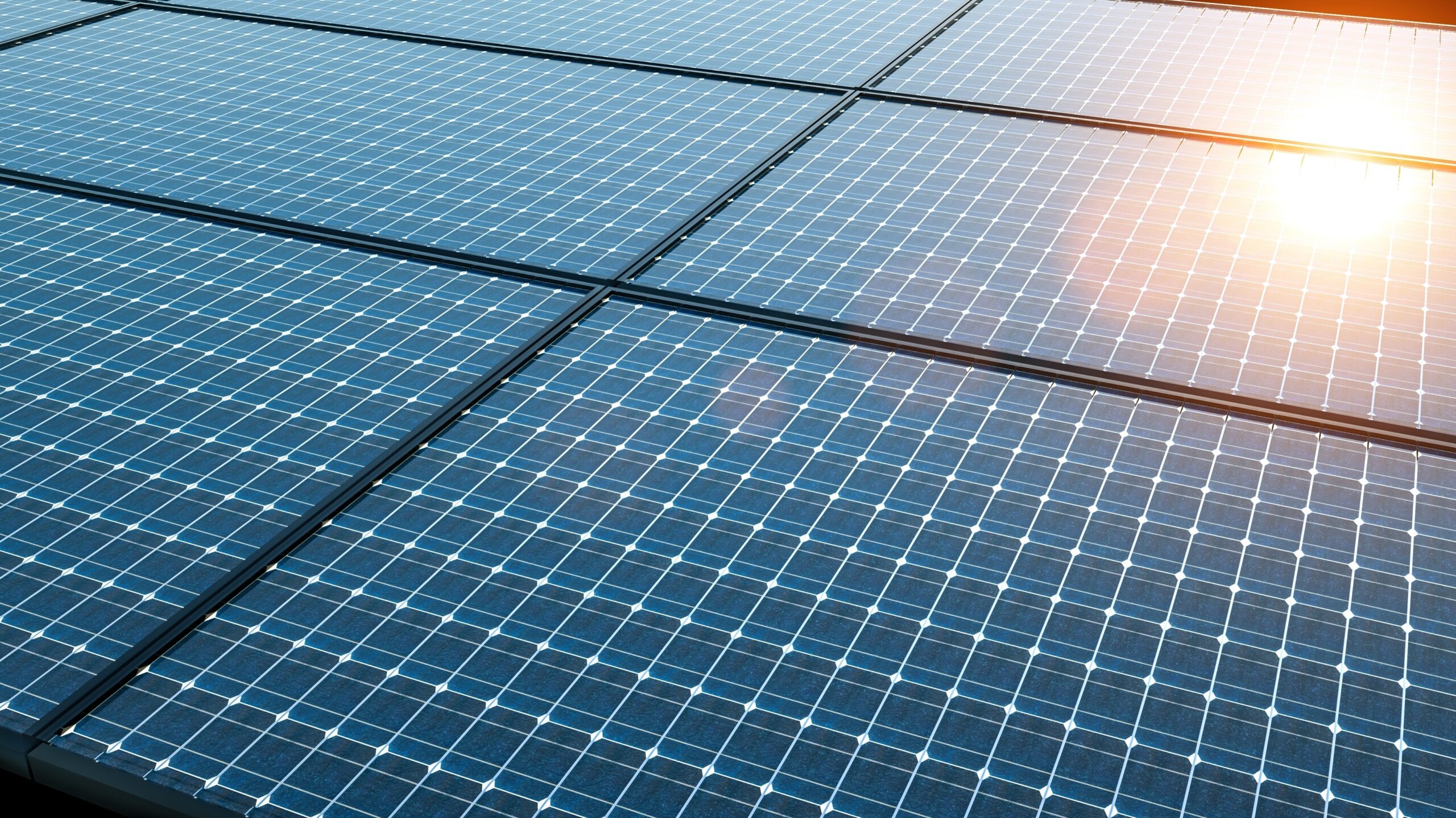Can perovskite solar panels pave the way for more efficient solar power?

Can perovskite-based solar panels become an industry standard? Government-backed researchers and private sectors are looking to use perovskite — a mineral that can potentially outperform silicon — to increase the energy efficiency of solar panels, CNBC writes. Researchers from the US National Renewable Energy Laboratory have already attained a record energy efficiency rate of 31.25% from perovskite-based panels — compared to silicon-based panels’ theoretical efficiency limit of 29%. Solar panel’s average average power conversion efficiency rate ranges between 15-20% on the efficiency metric, according to Italian utilities giant Enel X. Solar energy efficiency rates measure panels’ capacity to convert solar power into usable electricity.
Perovskite is getting backing from major players: Venture capital firm Breakthrough Energy Ventures — backed by Microsoft chairman Bill Gates — has been investing in US-based solar company CubicPV, which coats its silicon solar panels’ with perovskite to reach an energy efficiency rate of 30%, the news outlet writes. The company will take part in a new Massachusetts Institute of Technology research center with the aim of utilizing artificial intelligence and automation to upscale the production capacity of tandem perovskite panels, and will set up a 10 GW US-based silicon wafer plant to hasten perovskite tandem panel deployments, the news outlet notes.
And the region is keeping up: Researchers from Saudi Arabia’s King Abdullah University of Science and Technology (KAUST) have created tandem solar systems with a power conversion efficiency rate of 33.2% — up 0.7 percentage points from previous global record holder Helmholtz-Zentrum Berlin.
Graphene-based solar panels could also quicken the transition to renewables: Engineering students at Oman’s Sultan Qaboos University have developed a solar panel production technique that relies on polyethylene and graphene instead of crystalline silicon. The new method can yield elastic, durable panels that are 60% more efficient at absorbing light than silicon-based alternatives, they say. The team will continue research with plans to manufacture solar cells at their university’s lab using locally sourced polyethylene.